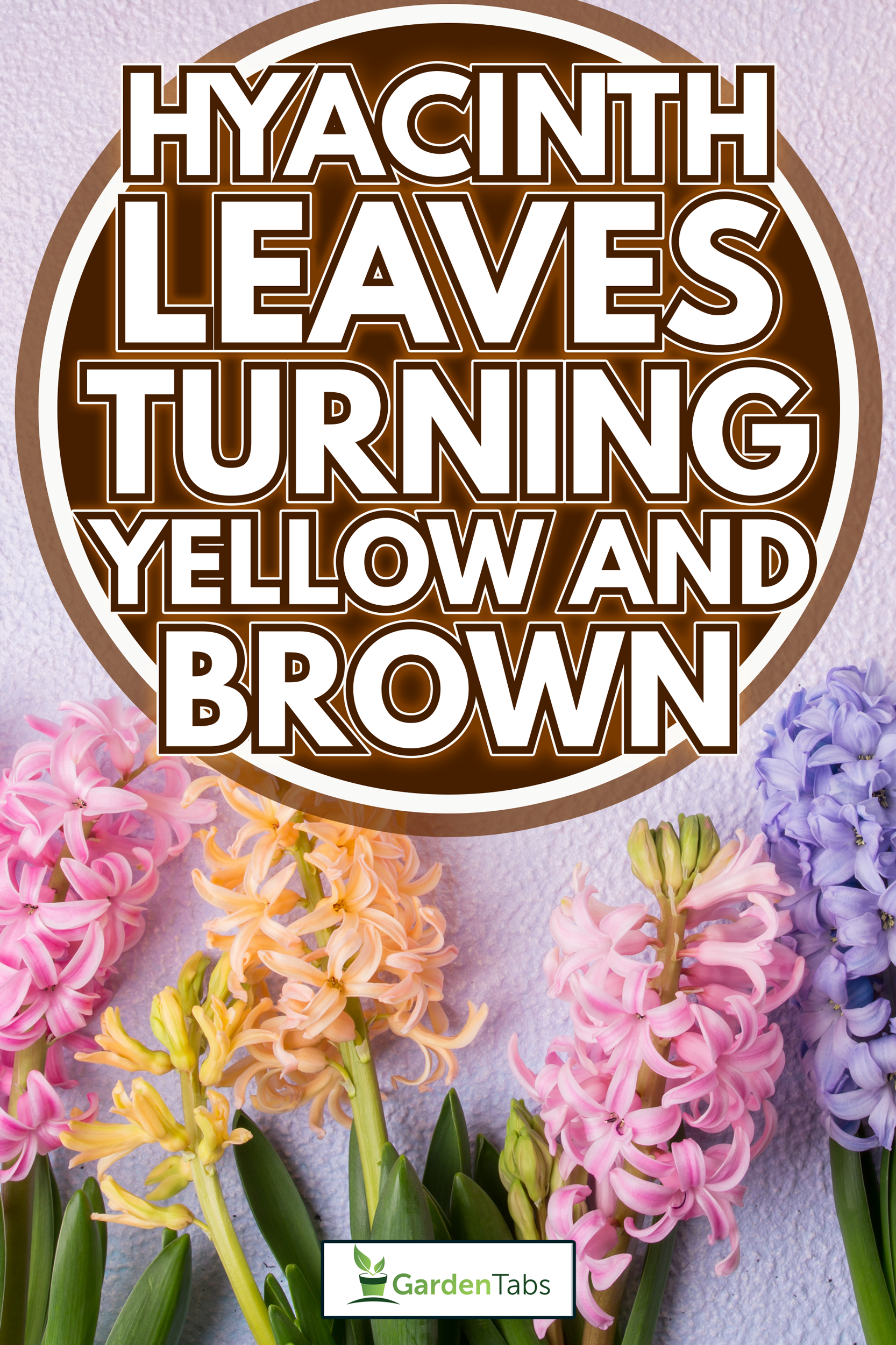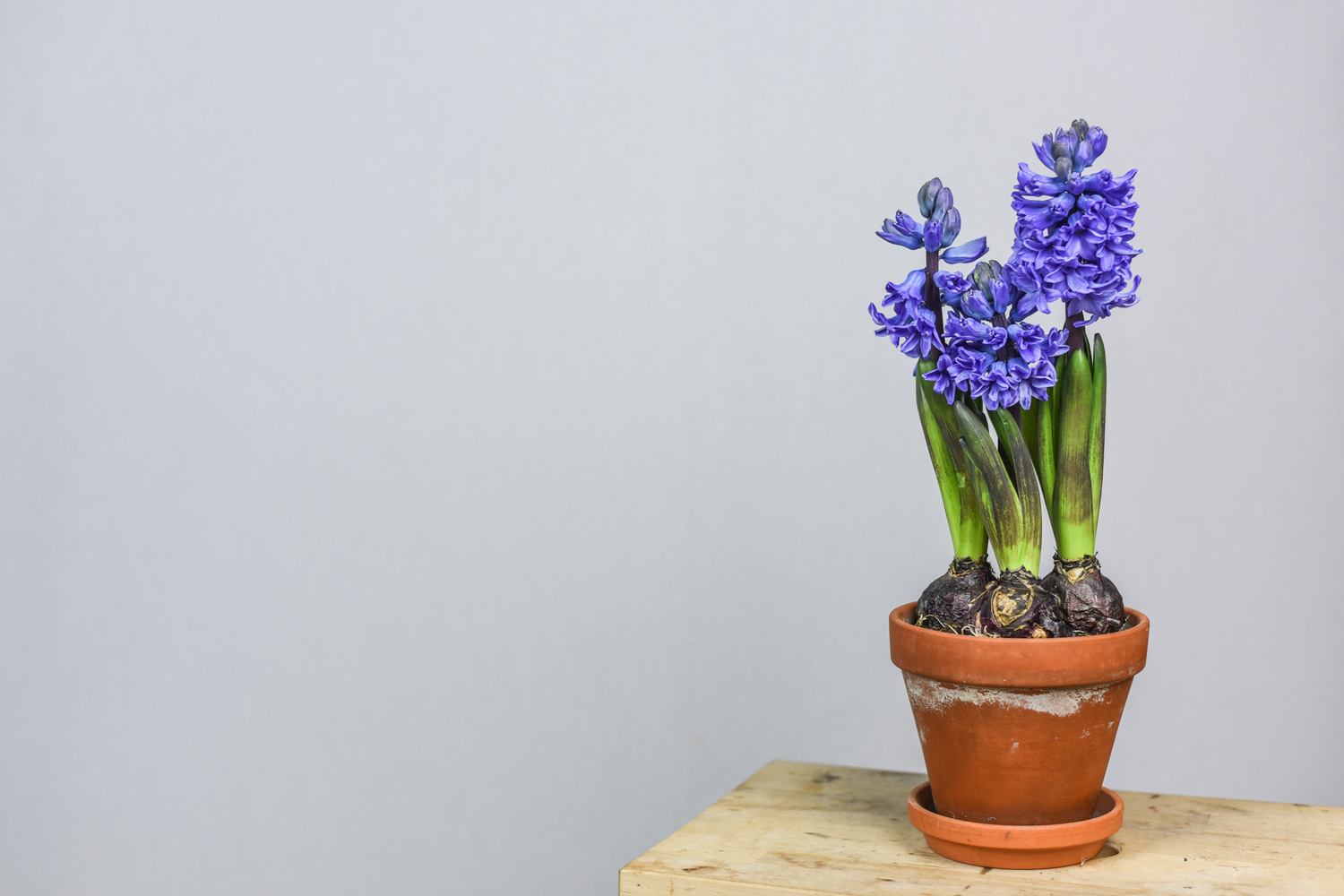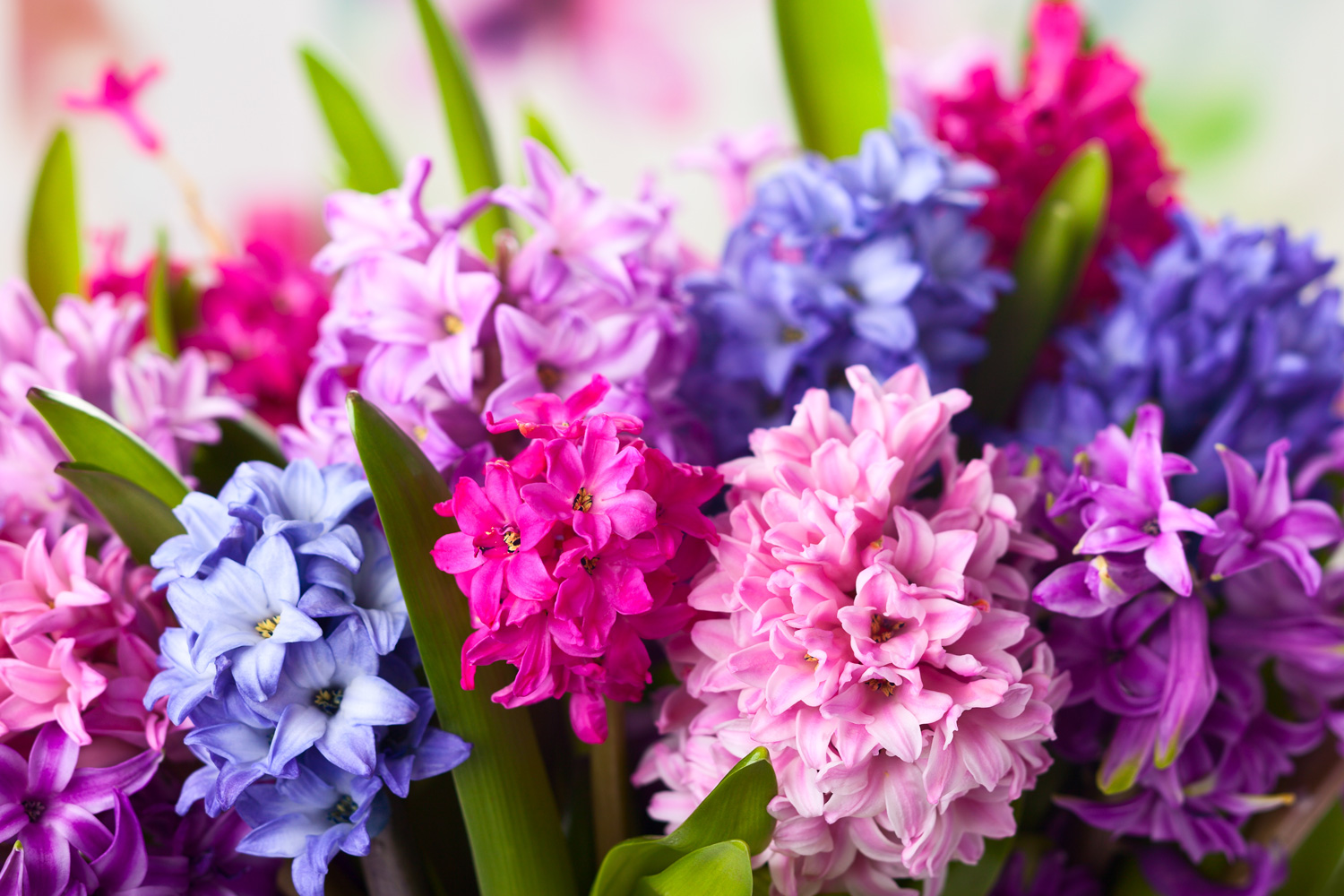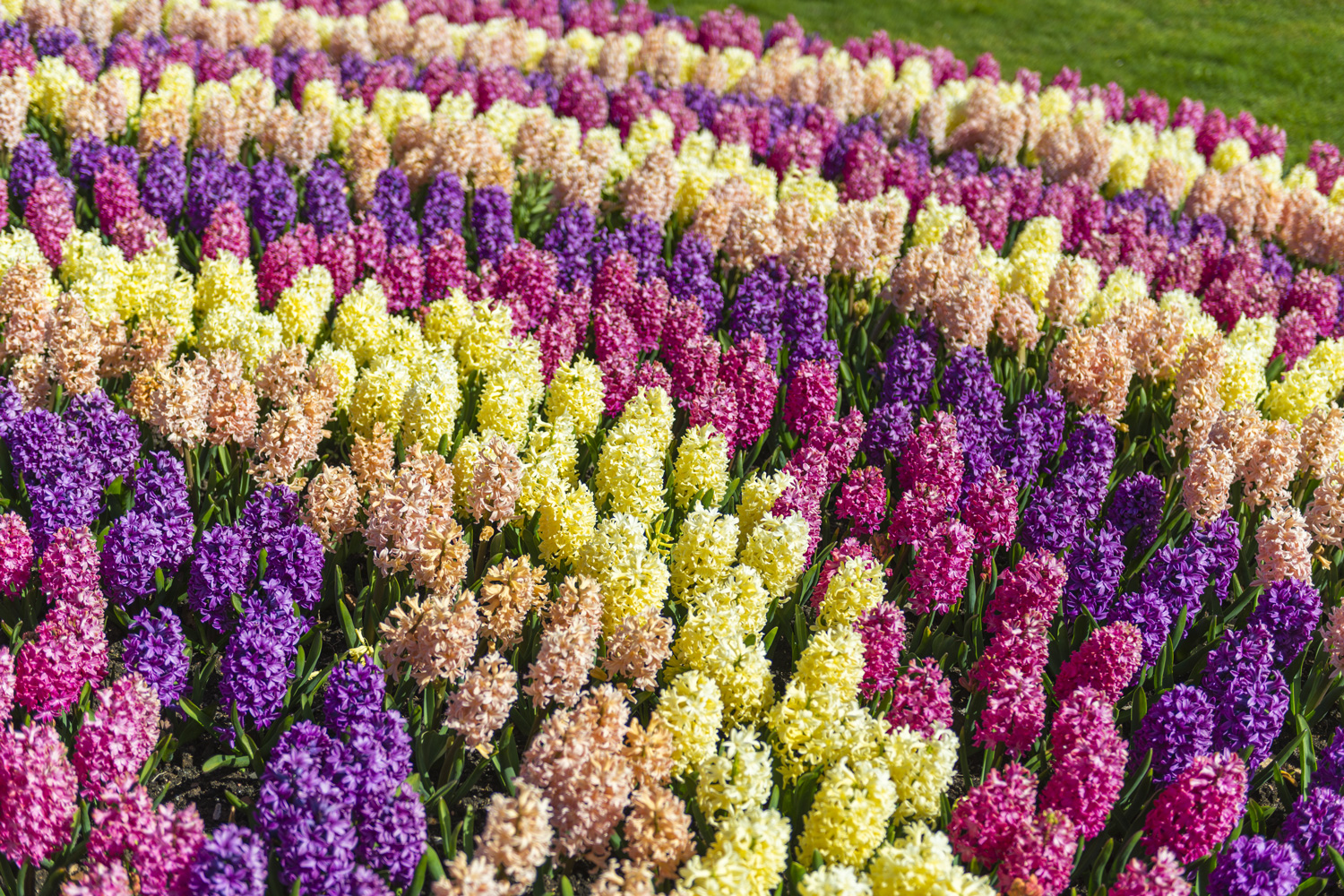These spring-blooming flowers are fragrant and brightly colored, and they are sure hits in the garden. However, growing hyacinths isn't as easy as just planting and leaving them be because they do run into problems like yellowing and browning leaves. We've looked into this, and in this post, we will talk about what you can do to prevent yellowing hyacinth leaves.
When your hyacinth leaves are turning yellow or brown, there might be a number of reasons that are causing these issues. Underwatering or overwatering, too many or too little nutrients in the soil, too much or too little light exposure, as well as plant diseases can cause hyacinth leaves to change from bright green to yellow or brown.
There is quite a lot to know about growing hyacinths. Fortunately in this post, we've listed down the reasons as to why your plant leaves are changing color, as well as ways on how you can fix them. Keep reading as we also give you some tips and ideas on perking up your hyacinths and how to care for them.

Why Are My Hyacinth Leaves Turning Yellow And Brown?

Hyacinths are small, bulbous spring-blooming perennials that are popularly known for their rich, brightly colored flowers and fragrant blooms. You'll typically see them around in gardens during the spring in a rainbow of colors from whites to cobalt blues, deep purples, or even wine red shades.
Just like many flowering plants, hyacinths are easy to grow because they come from bulbs rather than seeds. This means that you only need to plant the bulbs in the fall and wait for the warmer spring season for them to grow. These bulbs can also be planted outdoors in your garden or indoors in a container or a pot.
While hyacinth bulbs are easy to grow, there are times when occasional plant problems will arise. This typically includes leaves changing color and the plants generally looking a little droopy. Fortunately, if you catch them early enough, you should be able to fix your hyacinths problems.
If you find that your hyacinth leaves are turning yellow or brown, then it might be time to take a closer look at your plant. Yellowing or browning leaves are often telltale signs of several issues which you can fix with a little adjustment.
Underwatering or Overwatering
One of the things plants are dependent on is moist soil that is regularly watered. Hyacinths require an ample amount of water for their bulbs to survive and grow, and they aren't very hardy like other plants. However, hyacinths can also be very sensitive to too much water as they can also cause the leaves to turn yellow.
To check if you are underwatering your hyacinths, check if the tips of the leaves have turned brown and dry. After some time in this state, the leaves will eventually shrivel and dry up before completely falling off the plant. Make sure that your hyacinths are watered well to prevent the leaves from drying up and turning brown.
If you find that your hyacinth leaves are yellow and looking quite dull, this might be a sign that you are overwatering them. This is because overwatering can cause root rot in hyacinths, and your plant isn't absorbing the water and the nutrients properly.
To save your overwatered plants, you have to unpot your hyacinth and check the roots. Transfer it to a drier medium to allow the excess moisture from the roots to be absorbed in the new soil. Prevent this issue by watering your hyacinths sparingly and do not leave them to sit in standing water. If you accidentally overwater, leave them out in the shade to dry out the soil.
Hyacinths do well if you water them just enough until the water comes out from the bottom of the pot. You can also check the moisture of the soil by sticking a finger down into the soil—it should feel quite damp but not waterlogged.
Too Much or Not Enough Light

Hyacinths love light, but they don't do very well in direct sunlight and excessive heat. If you have hyacinths planted in containers indoors, yellowing leaves may be an indicator that they are not getting enough sun to photosynthesize properly. Put your hyacinths in an area that receives indirect sunlight to keep them happy.
Excess light can also cause your hyacinths' leaves to change colors. If you find that the leaves are turning brown, this might be an indication that it is getting too much light. Take your hyacinth out of direct sunlight and let it stay under the shade for a while, until the leaves turn green again.
Excess Nutrients or Underfertilizing
Hyacinths are very sensitive to the nutrients that it gets from the soil. If there are too many nutrients in the soil, the hairs on the roots tend to fall off ,and it causes the plant to have a poor uptake of the nutrients and water that it needs. Too little nutrients, however, also makes the hyacinth grow weak as they don't have enough feed to keep the plant's energy.
Most garden soils available are nutrient-poor, which is not a good choice if you are planning to plant hyacinths. Regular compost soil from the store is generally the best choice for hyacinths because you don't need to add more nutrients or fertilizer to the soil. To save hyacinths with this problem, you can simply re-pot them with fresh compost soil.
Frost Damage
If your hyacinths are planted outdoors, frost might cause a little damage to the plants as they are emerging. These typically look like small brown spots that can turn into bigger blotches as they grow. Prevent this from happening to your hyacinths by laying down two to four inches of mulch to the bed of emerging hyacinths.
Fungal Infections
Fungus and other plant diseases can typically cause yellowing and browning of plant leaves, and hyacinths are no exception. Botrytis fungus often causes these problems in plants, and you will usually see brown spots that grow on the leaves of the hyacinths.
To remove this fungus, you can use a simple homemade mixture of one tablespoon of baking soda to one gallon of water, and spray them on the leaves of your hyacinths. Make sure that your plant also has good air circulation and water it properly to dry out this fungal infection.
Insects
Just like any other plant, insects also cause damage to the plants. Generally, hyacinths do not attract pests, but thrips or sap-sucking insects may attack them. Keep things safe and non-toxic by spraying your hyacinths with some neem oil every week until all the bugs are gone.
Check out this neem oil on Amazon.
How Do You Perk Up A Hyacinth?

Sometimes, you might find that your hyacinths are a little droopy and flopping over. Since they don't have woody stems that help support the plant, hyacinth flowers often flop over to one side when the weight becomes too much for the stem. Fortunately, there are simple ways in which you can perk up your hyacinth plants.
If your hyacinths are flopping because of the heavy blooms, all you need to do is support the stems by staking them. Here are the steps:
- Cut some thin bamboo stakes or skewers to the height of your hyacinth plant plus four inches.
- When the flowers break through and begin sprouting, insert the stakes four inches deep into the ground, an inch away from the stem.
- Ease the stake carefully under the flowerhead and along the length of the stem to prevent the blooms from breaking.
- Loosely tie your stake with plant ties or twine. You can also use old strips of pantyhose to hold them together.
- Don't forget to remove the stakes after the flowering season.
Check out these bamboo stakes on Amazon.
Final Thoughts

Hyacinths are really beautiful flowers to care for at home. While they are easy to grow and care for, it is not unusual for you to run into small problems like yellowing or browning leaves. Fortunately, you can remedy this pretty quickly, and with the right care and time spent with them, you'll be able to enjoy your hyacinth flowers to the fullest.
Would you like to learn more about different flowering plants that you can add to your garden? We've got some great articles that might interest you:



